Home Blog Presentation Ideas About Me Slides: How to Introduce Yourself in a Presentation

About Me Slides: How to Introduce Yourself in a Presentation
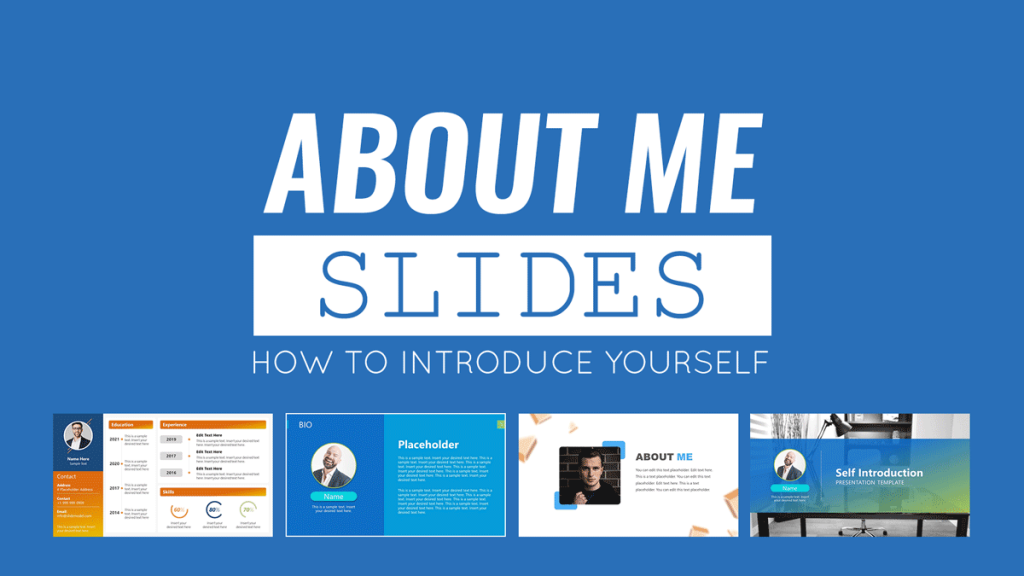
From conference talks to client demos, it’s always essential to include an About Me slide in any presentation you are giving. Introducing yourself early into the presentation helps build a better rapport with the audience.
You can start with several fun facts about me slide to break the ice or go for a more formal professional bio to explain your background and what makes you qualified to talk about the topic at hand. At any rate, your goal is to get the audience on your side by revealing some of your personality.
How to Introduce Yourself in a Presentation: 4 Approaches
It’s a good practice to include self-introduction slides at the beginning of your presentation. If you are looking to answer how to introduce yourself professionally, typically somewhere after the title, opening slide , and the main agenda. However, the presentation structure will be somewhat different depending on whether you are presenting to a new audience or a group of people familiar with (e.g., your team, clients, or business partners).
Here are four about me slide ideas you can try out, plus an About me template you can use to present yourself in a presentation.
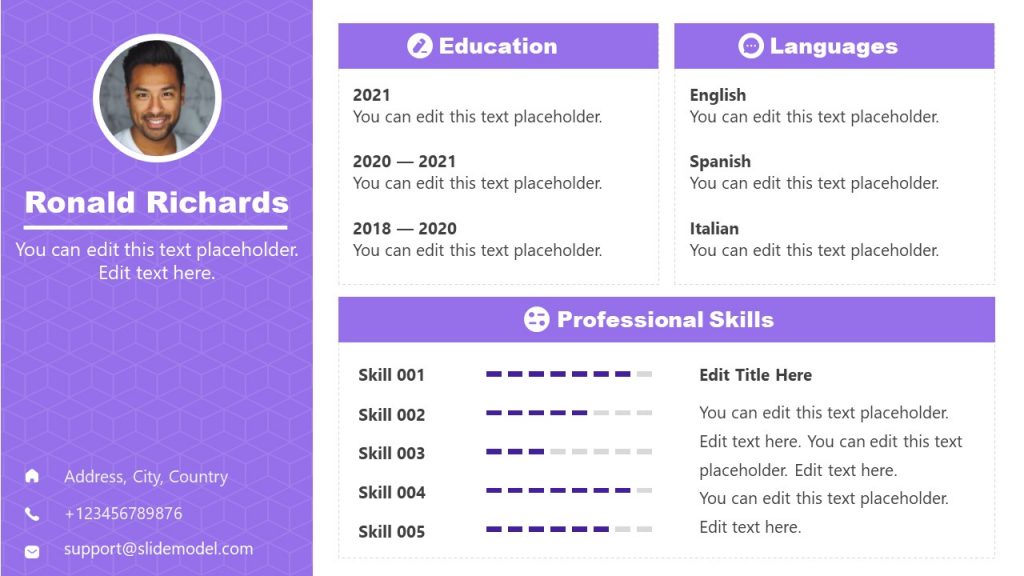
1. Mention Your Name and Affiliations
Start with the introduction basics. State your name, company, title/position, and several quick facts about who you are and what you do. Even if you present to a familiar audience, a brief recap is always welcome.
To keep things a bit more engaging, consider adding some lesser-known facts about yourself. For example:
- Your interests
- Recent accomplishments
- Testimonial/quote from a team member
- Fun nicknames you got
The above can be nice ice breakers for less formal team presentations, project updates, or catch-ups with clients.
Here are several unique About Me examples you can try out:
For a client case study presentation :
“Hi, I’m Lynda, Chief Customer Success Specialist with Acme Corp. (Also, someone you thought was a chatbot for the first few encounters)
47 NPS | 15% Churn Rate | 40% repeat purchase rate”
For a team after-action review presentation :
Mike, Project Manager at Cool Project
(aka Maximizer)
Personal Project stats:
387 Slack messages answered
56 cups of coffee consumed
Project profit gross margin: $1.2 million
2. Work On Your Elevator Pitch
One of the best ways to introduce yourself in a presentation is to share a punchy elevator pitch. This works extra well if you are presenting to a new audience.
An elevator pitch is a concise statement (1-2 sentences) that summarizes your unique strengths, skills, and abilities and explains how these can benefit your listener.
It’s nice to have one ready for your presentations and networking in general since it helps you immediately connect with new people and communicate your value.
Writing a solid elevator pitch may require several attempts and iterations. But the sooner you start — the faster you’ll arrive at the best formula!
To get your creative juices flowing, here are several elevator pitch ideas you can incorporate in an introduction slide about yourself.
For professionals:
“Certified Salesforce Administrator, data visualization specialist, and analytics for top SaaS brands. I help businesses make more sense of their data to drive better outcomes”.
For a mentor :
“Adjunct professor of creative writing at Columbia University, published author, former lifestyle editor at Esquire, the New York Times. I can teach you how to find, shape, pitch, and publish stories for web & print.”
For a student:
“Third-year Marine Biology student at Denver State Uni. Volunteer at Lake Life Protection NGO, climate change activist, looking to expand my research about water conservation”.
3. Answer Popular Questions or Assumptions
If you are a frequent presenter , chances are you get asked a lot of the same “About Me questions” after your speeches and during the networking bits. So why not address a roaster of these in your About Me slide? Select 4-5 most common questions and list them as quick FAQs on your slide deck.
4. Focus on Telling a Story
Strong introductions are personable. They are meant to offer a sneak-peak into your personality and the passion behind your work. That’s why for less formal presentations, you can (and should!) start with a short personal story.
Remember: reliability is important to “click” with your audience.
For instance, neuroscience research of political ads recently found that ads featuring real people performed better than those with genetic stock footage. Among viewers, emotional engagement and memory encoding (recall) increased dramatically when political ads showed relatable people.
The same holds true for commerce. In 2015, GE launched a viral “What’s the Matter With Owen?” video ad series to attract more young talent to the company. The clips featured a relatable protagonist, struggling to explain what his work at GE entails e.g. that the company isn’t building railroads, but actually does some very innovative pilots. Many engineers related to the promo and work applications to GE shoot up by 800% !
As the above examples show, a good relatable story can go a long way. So think about how you can make a PowerPoint presentation about yourself more representative of who you really are as a person.
How to Give a Presentation About Yourself: 4 Fool-Proof Tips
On other occasions, you may be asked to give a full-length “about me” presentation. Typically, this is the case during a second interview, onboarding , or if you are in attending a training program or workshop where everyone needs to present themselves and their work.
Obviously, you’ll need more than one good about me slide in this case. So here’s how to prepare a superb presentation about me.
What to Put in a Presentation About Yourself?
The audience will expect to learn a mix of personal and professional facts about you. Thus, it’s a good idea to include the following information:
- Your name, contact info, website, social media handles, digital portfolio .
- Short bio or some interesting snippets.
- Career timeline (if applicable).
- Main achievements (preferably quantifiable).
- Education, special training.
- Digital badging awards , accolades, and other types of recognition.
- Something more personal — an interest, hobby, aspiration.
The above mix of items will change a bit, depending on whether you are giving an interview presentation about yourself or introduce yourself post-hiring. For example, in some cases a dedicated bio slide may be useful, but other times focusing on main achievements and goals can be better.
That being said, let’s take a closer look at how to organize the above information in a memorable presentation.
P.S. Grab an about me slide template to make the design process easier!

1. Create a List of “Facts About Me”
The easiest way to answer the “tell me about yourself” question is by having an array of facts you can easily fetch from your brain.
When it comes to a full-length about me presentation , it’s best to have a longer list ready. To keep your brainstorming process productive, organize all your ideas in the following buckets:
- Key skills (soft and hard)
- Educational accolades, training
- Accomplishments and other “bragging rights”
- Personal tidbits (a.k.a. fun facts )
Once you have a list, it gets easier to build a series of slides around it.
2. Think Like Your Audience
Most likely you’d be asked to make a presentation about yourself by a recruiter. There’s a good reason why many ask this — they want to determine if you are a good “cultural fit” for their organization.
After all, 33% of people quit within the first 3 months of accepting a new job. Among these:
- 43% of employees quit because their day-to-day role was different than what they were told it would be during the hiring process.
- 32% cite company culture as a factor for leaving within the first three months.
About me presentations often serve as an extra “filter” helping both parties ensure that they are on the same page expectations- and work style-wise. Thus, when you prepare your slide deck, do some background company research. Then try to align the presentation with it by matching the company tone, communication style, and cultural values.
3. Include Testimonials and Recommendations
Use the voice of others to back up the claims you are making in your presentation. After all, trumping your own horn is what you are expected to do in such a presentation. But the voices of others can strengthen the claims you are personally making.
Depending on your role and industry, try to sprinkle some of the following testimonials:
- LinkedIn recommendations
- Quotes from personal or professional references
- Social media comments
- Data metrics of your performance
- Funny assessments from your colleagues/friends
The above not just strengthen your narrative, but also help the audience learn some extras about you and your background. Testimonial slides can be of help for this purpose.
4. Include a Case Study
One of the best ways to illustrate who you are is to show what you are best in. Remember, an about me presentation often needs to “soft sell” your qualifications, experience, and personality.
One of the best ways to do that is to showcase how you can feel in a specific need and solve issues the business is facing.
So if you have the timeframe, use some of the ending slides to deliver a quick case study. You can present:
- Short retrospective of a past successful project
- Before-after transformations you’ve achieved
- Spotlight of the main accomplishments within the previous role
- Main customer results obtained
- Specific solution delivered by you (or the team you’ve worked with)
Ending your presentation on such a high note will leave the audience positively impressed and wondering what results you could achieve for them.
To Conclude
It’s easy to feel stumped when you are asked to talk about yourself. Because there are so many things you could mention (but not necessarily should). At the same time, you don’t want to make your introduction sound like a bragging context. So always think from the position of your audience. Do the facts you choose to share benefit them in any way? If yes, place them confidently on your About Me slides!
1. Personal Self Introduction PowerPoint Template
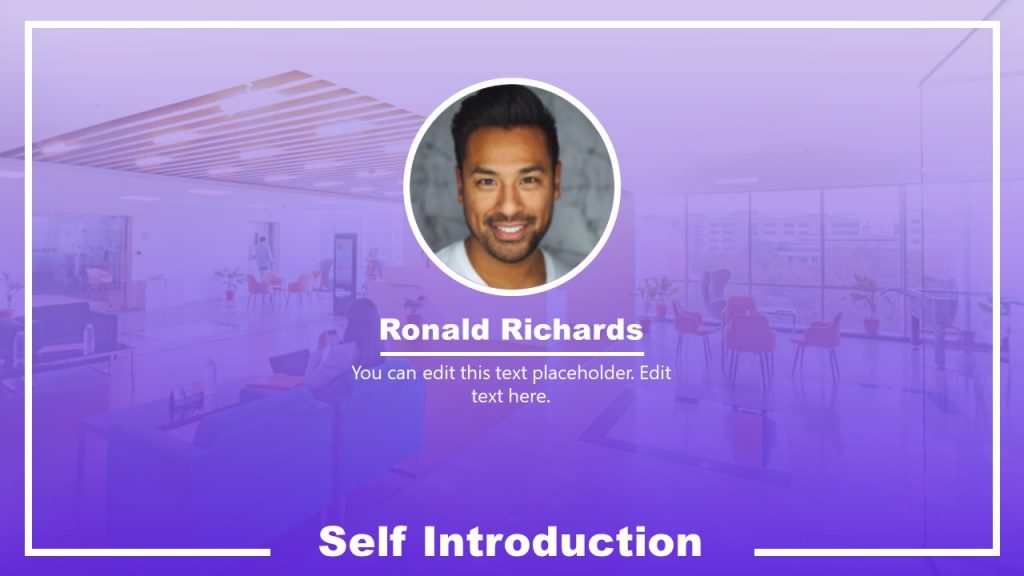
Use This Template
2. Self Introduction PowerPoint Template
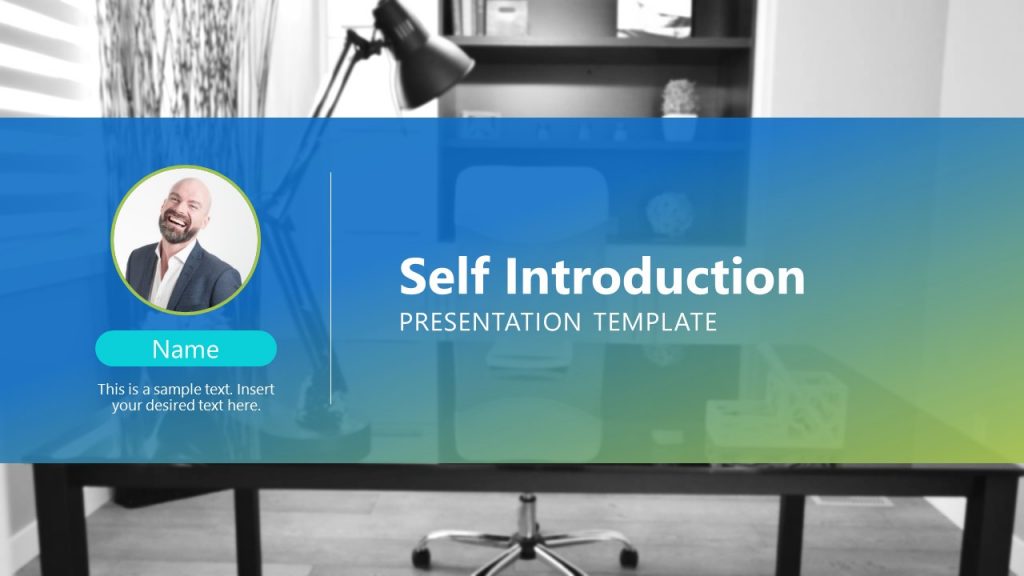
3. Meet the Team PowerPoint Template Slides
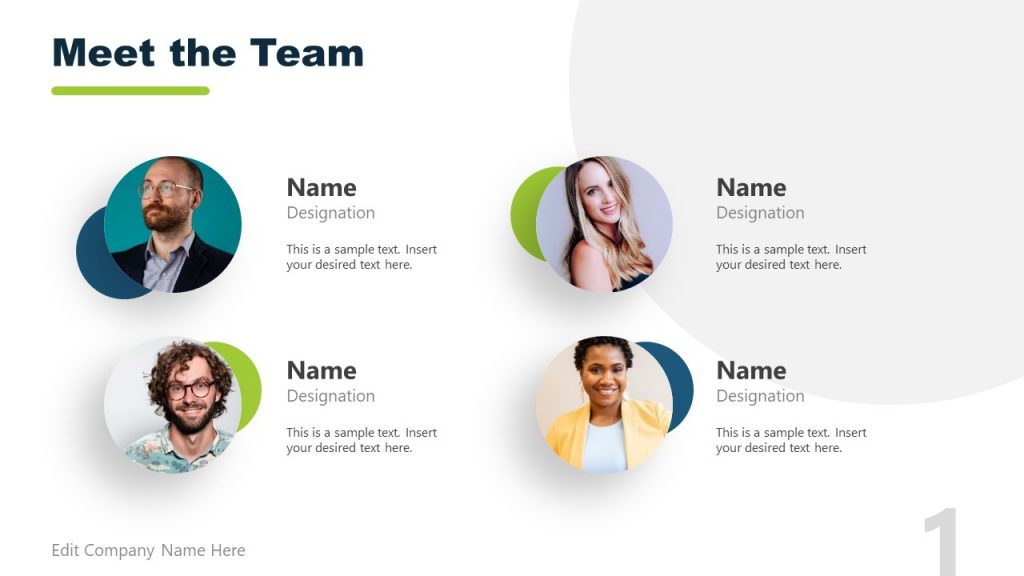

4. Introduce Company Profile PowerPoint Template
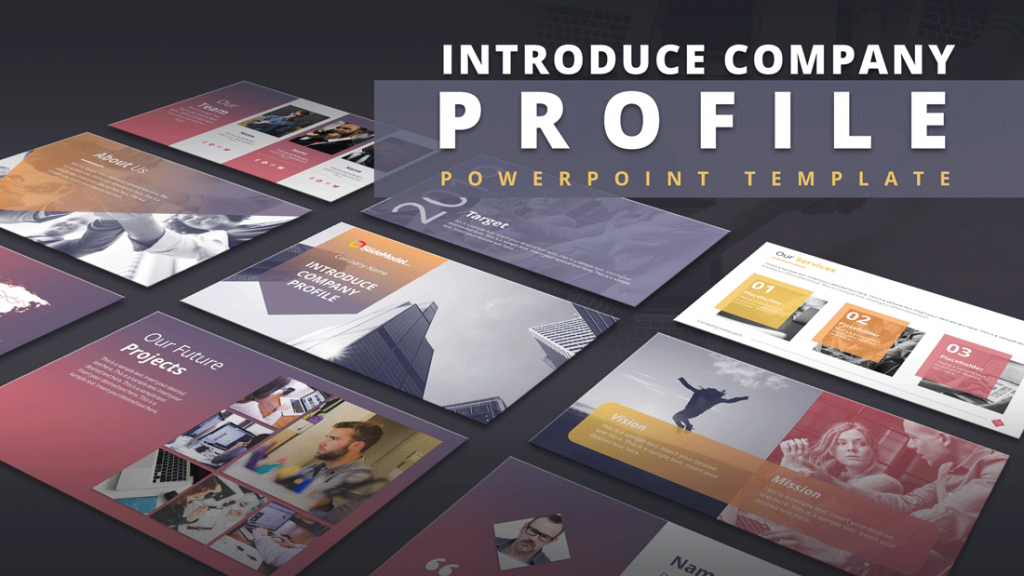
5. Modern 1-Page Resume Template for PowerPoint
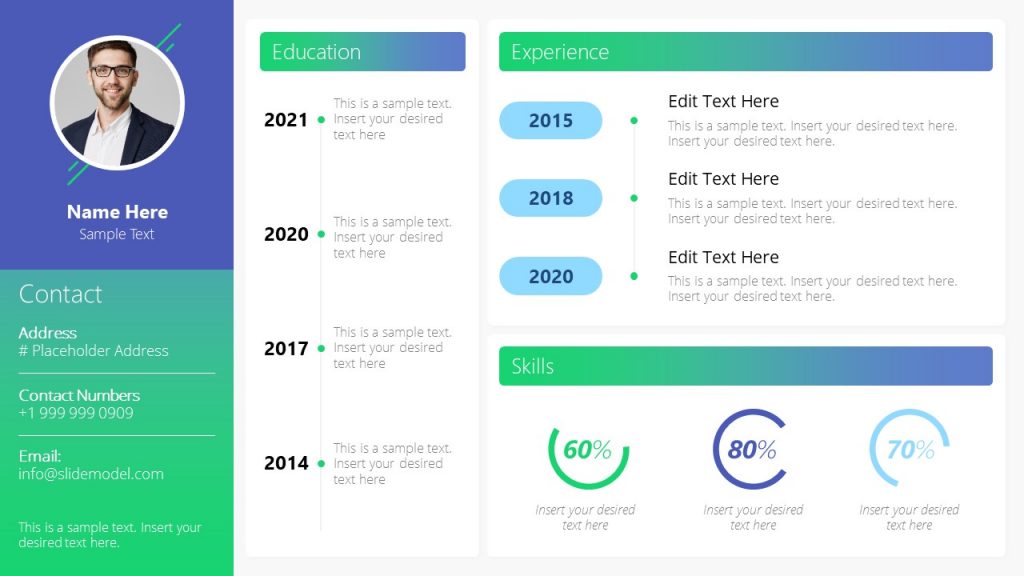
6. Modern Resume Presentation Template
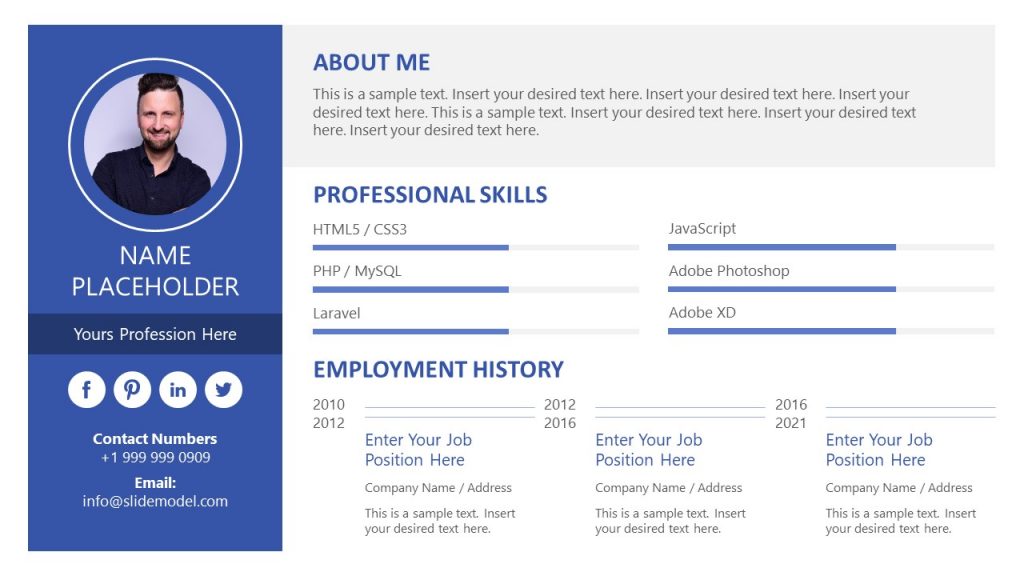
Like this article? Please share
Introduce Yourself, Introduction, Presentation Ideas Filed under Presentation Ideas
Related Articles
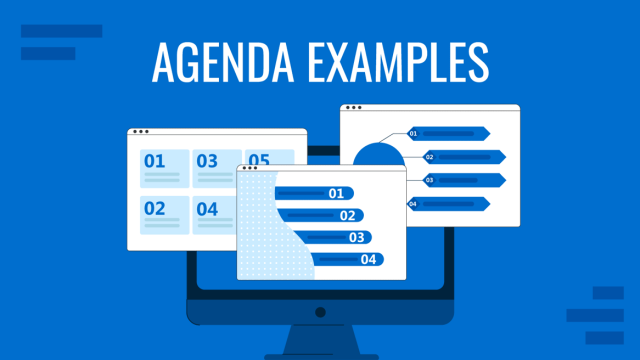
Filed under Business • November 6th, 2024
Meeting Agenda Examples: Guide + PPT Templates
Are you looking for creative agenda examples for your presentations? If so, we invite you to discover the secrets to creating a professional agenda slide.
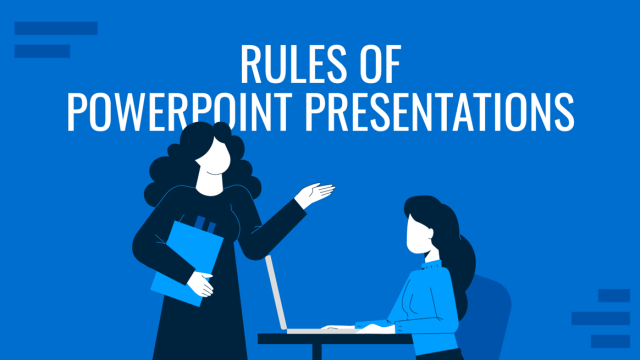
Filed under Design • October 22nd, 2024
The Rules of PowerPoint Presentations: Creating Effective Slides
Create powerful slide decks by mastering the rules of PowerPoint presentations. Must-known tips, guidance, and examples.
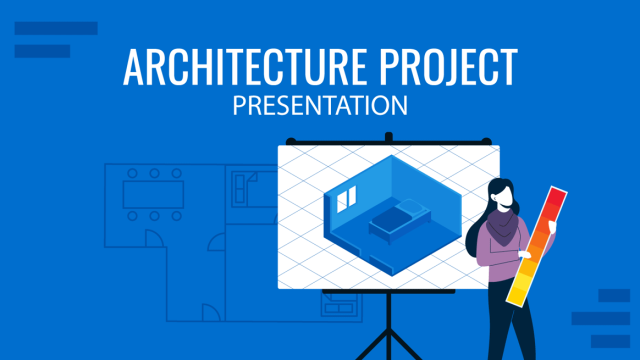
Filed under Design • October 17th, 2024
Architecture Project Presentation: Must-Know Secrets for Creative Slides
Impress your audience by mastering the art of architectural project presentations. This detailed guide will give you the insights for this craft.
Leave a Reply
- Interactive Presentation
How to Introduce Yourself For a Presentation | 6 Strategies for a Powerful Opening
Leah Nguyen • 08 April, 2024 • 9 min read
First impressions are everything in public speaking. Whether you’re presenting to a room of 5 people or 500, those first few moments set the stage for how your entire message will be received.
You only get one chance at a proper introduction, so it’s crucial to nail it.
We’ll cover the best tips on how to introduce yourself for a presentation . By the end, you’ll walk onto that stage with your head held high, ready to kick off an attention-grabbing presentation like a pro.
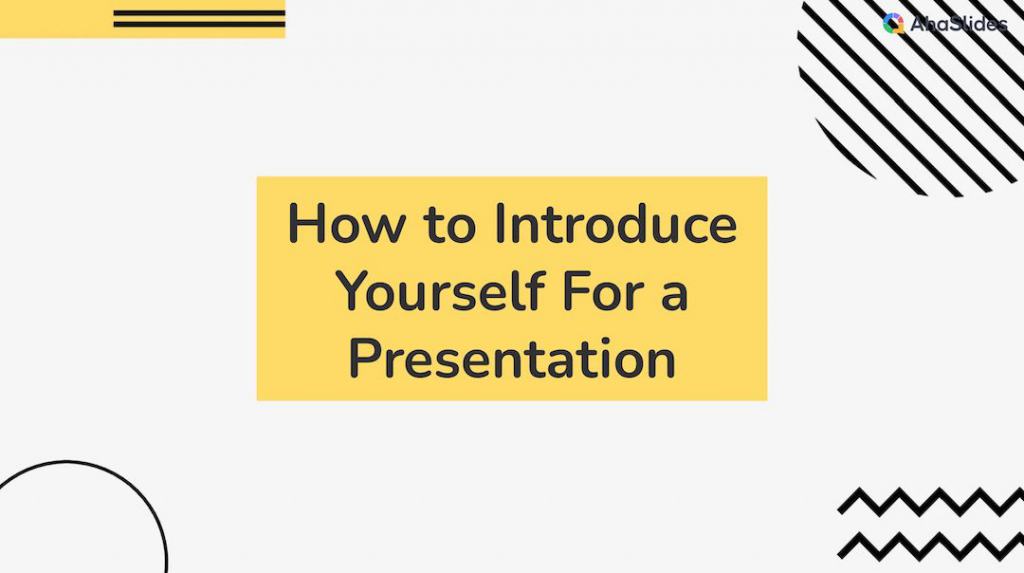
Table of Contents
#1. start the topic with an engaging hook, #2. set context around your topic, #3. keep it brief, #4. do the unexpected, #5. preview next steps, #6. perform mock talks, bottom line, frequently asked questions, tips for audience engagement.
- Stage Fright
- What Are The Facial Expressions?

Start in seconds.
Get free templates for your next interactive presentation. Sign up for free and take what you want from the template library!
How to Introduce Yourself for a Presentation (+Examples)
Learn how to say “hi” in a way that leaves a lasting impact and your audience wanting more. The introduction spotlight is yours—now go grab it!
Pose an open-ended challenge related to your experience. "If you had to navigate X complex issue, how might you approach it? As someone who's dealt with this firsthand…"
Tease an accomplishment or detail about your background. "What many don't know about me is that I once…"
Relate a brief story from your career that shows your expertise. "There was a time early in my career when I…"
Pose a hypothetical and then relate from experience. "What would you do if faced with an upset customer like I was several years ago when…"

Refer to success metrics or positive feedback that proves your authority. "When I last delivered a presentation on this, 98% of attendees said they…"
Mention where you've been published or invited to speak. "…which is why organisations like [names] have asked me to share my insights on this topic."
Pose an open question and commit to answering it. "That leads me to something many of you may be wondering - how did I get so involved in this issue? Let me tell you my story…"
Sparking intrigue around your qualifications rather than just stating them will naturally draw the audience in through fun, engaging anecdotes .

For students:
- "As someone studying [subject] here at [school], I became fascinated with…"
- "For my final project in [class], I dove deeper into researching…"
- "Over the past year working on my undergraduate thesis about [topic], I discovered…"
- "When I took [professor's] class last semester, one issue we discussed really stood out to me…"
For professionals:
- "In my [number] years leading teams at [company], one challenge we continue to face is…"
- "During my tenure as [title] of [organisation], I've seen firsthand how [issue] impacts our work."
- "While consulting with [types of clients] on [topic], one common problem I've observed is…"
- "As the former [role] of [business/department], implementing strategies to address [issue] was a priority for us."
- "From my experience in both [roles] and [field], the key to success lies in understanding…"
- "In advising [client-type] on matters of [area of expertise], a frequent hurdle is navigating…"

Start by stating a problem or question that your presentation will address. "You've all likely experienced the frustration of...and that's what I'm here to discuss - how we can overcome..."
Share your key takeaway as a concise call to action. "When you leave here today, I want you to remember this one thing... because it will change the way you..."
Refer to a current event or industry trend to show relevance. "In light of [what's happening], understanding [topic] has never been more critical for success in..."
Relate your message to what matters most to them. "As [type of people they are], I know your top priority is... So I'll explain exactly how this can help you achieve..."
Tease an intriguing perspective. "While most people look at [issue] this way, I believe the opportunity lies in seeing it from this viewpoint..."
Connect their experience to future insights. "What you've faced so far will make so much more sense after exploring..."
The goal is to grab attention by painting a picture of what value they'll gain to ensure the context won't be missed.

When it comes to pre-show introductions, less is truly more. You've only got 30 seconds to make a blast of an impression before the real fun begins.
That may not sound like much time, but it's all you need to pique curiosity and get your story started off with a bang. Don't waste a single moment with filler - every word is an opportunity to enchant your audience.
Instead of droning on and on, consider surprising them with an intriguing quote or bold challenge related to who you are. Give just enough flavour to leave them craving seconds without spoiling the full meal to come.
Quality over quantity is the magic recipe here. Pack maximum impact into a minimum timeframe without missing a single delicious detail. Your introduction may only last 30 seconds, but it can spark a reaction to last all presentation long.

Forget a traditional "hi everyone...", hook the audience in right away by adding interactive elements to the presentation.
68% of people say that it’s easier to remember the information when the presentation is interactive.
You can start with an icebreaker poll asking everyone how they are feeling, or let them play a quiz to learn about yourself and the topic they're going to hear naturally.
Here's how interactive presentation software like AhaSlides can bring your introduction to a notch:
- AhaSlides has a plethora of slide types for your polling , quiz , Q&A , word cloud or open-ended question demands. Whether you're introducing yourself virtually or in person, the AhaSlides features are your best sidekicks to attract every eye to you!
- The results are shown live on the presenter's screen, grabbing the audience's focus with eye-catching designs.
- You can integrate AhaSlides with your common presentation software such as PowerPoint or interactive Google Slides with AhaSlides .

There are a few ways to show why your topic matters, such as:
Pose a burning question and promise the answer: "We've all asked ourselves at some point - how do you achieve X? Well, by the end of our time together I'll reveal the three essential steps."
Tease valuable takeaways: "When you leave here, I want you walking away with Y and Z tools in your back pocket. Get ready to level up your skills."
Frame it as a journey: "We'll discover a lot of things as we travel from A to B to C. By the end, your perspective will be transformed."
Introduce yourself in style with AhaSlides
Wow your audience with an interactive presentation about yourself. Let them know you better through quizzes, polling and Q&A!
Spark urgency: "We've only got an hour, so we have to move fast. I'll hustle us through sections 1 and 2 then you'll put what you learn into action with task 3."
Preview activities: "After the framework, be ready to roll up your sleeves during our hands-on exercise. Collaboration time starts…"
Promise a payoff: "When I first learned how to do X, it seemed impossible. But by the finish line, you'll say to yourself 'How did I live without this?'"
Keep them wondering: "Each stop delivers more clues until the big reveal awaits you at the end. Who's ready for the solution?"
Let the audience see your flow as an exciting progression beyond an ordinary outline. But don't promise air, bring something tangible to the table.

Presentation perfection requires plenty of playtime before showtime. Run through your intro like you're on stage - no half-speed rehearsing allowed!
Record yourself to get real-time feedback. Watching playback is the only way to spot any awkward pauses or filler phrasing begging for the chopping block.
Read your script to a mirror to eyeball presence and charisma. Does your body language bring it home? Amp up appeals through all your senses for total captivation.
Rehearse off-book until your intro floats to the surface of your mind like breathwork. internalise it so you shine without flashcards as a crutch.
Perform mock talks for family, friends or furry judges. No stage is too small when you're perfecting your part to sparkle.
💡 Know more: How to introduce yourself like a Pro
And there you have it - the secrets to Rocking. Your. Intro. No matter the size of your audience, these tips will have all eyes and ears hooked in a snap.
But remember, practice isn't just for perfection - it's for confidence. Own those 30 seconds like the superstar you are. Believe in yourself and your value, because they'll believe right back.
How do you introduce yourself before a presentation?
Start with the basic information like your name, title/position, and organisation before introducing the topic and outline.
What do you say to introduce yourself in a presentation?
A balanced example introduction may be: "Good morning, my name is [Your Name] and I work as a [Your Role]. Today I'll be talking about [Topic] and by the end, I hope to give you [Objective 1], [Objective 2] and [Objective 3] to help with [Topic Context]. We'll start with [Section 1], then [Section 2] before wrapping up with [Conclusion]. Thank you for being here, let's get started!"
How to introduce yourself in a class presentation as a student?
Key things to cover in a class presentation are name, major, topic, objectives, structure and a call for audience participation/questions.

Leah Nguyen
Words that convert, stories that stick. I turn complex ideas into engaging narratives - helping audiences learn, remember, and take action.
Tips to Engage with Polls & Trivia
More from AhaSlides

